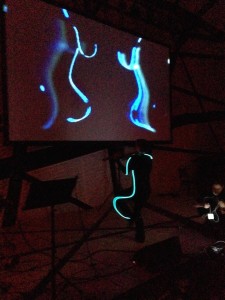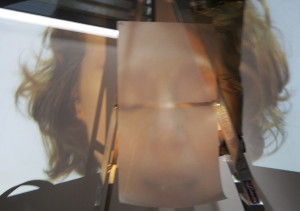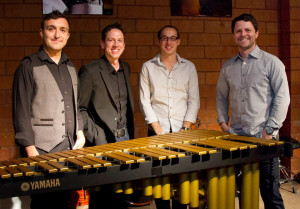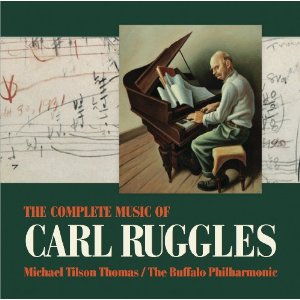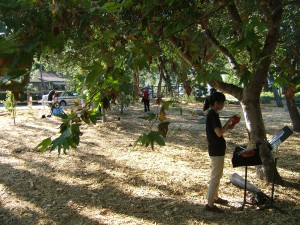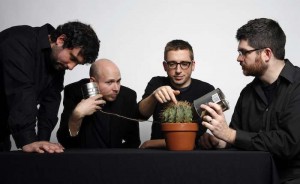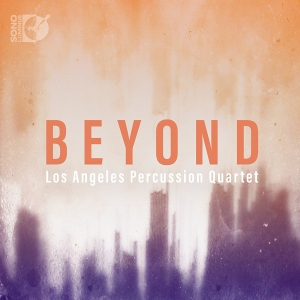
Los Angeles Percussion Quartet
Beyond
Works by Daniel Bjarnason, Anna Thorvaldsdottir, Christopher Cerrone, Ellen Reid, and Andrew McIntosh
Sono Luminus 2XCD
Los Angeles Percussion Quartet performs on one of the most compelling releases of early 2017. Beyond (Sono Luminus, June 16, 2017) is a double-disc helping of new works for percussion ensemble by Daniel Bjarnason, Anna Thorvaldsdottir, Christopher Cerrone, Ellen Reid, and Andrew McIntosh. All of these composers are up and coming stars in the new music world. Both Reid and Cerrone are New Yorkers (Reid is now based in NY and LA) who have taken Los Angeles by storm in recent seasons with opera and orchestra projects. Bjarnason and Thorvaldsdottir are Icelandic composers who both have a strong connection to the West Coast. McIntosh is very strongly identified with the LA scene, as a composer, string performer, and the guiding force behind Populist Records, one of the most interesting experimental labels out there (here is my recent review of a Populist release by Daniel Corral).
One of the fascinating things to hear on Beyond is the way in which each composer translates their musical approach to the percussive idiom. Thus, Bjarnason’s penchant for dynamic and scoring contrasts is demonstrated in Qui Tollis, a composition equally compelling in both its pianissimo and fortissimo passages. Thorvaldsdottir’s Aura maintains its creator’s fascination with pitched timbres and colorful clouds of harmony; these are deployed with a deft sense of ensemble interplay. Cerrone imports acoustic guitar and electronics in the five-movement suite Memory Palace. The places he references are familiar to New Yorkers, from the pastoral hues of “Harriman” to the tense ostinatos of “L.I.E.” (Long Island Expressway, for those of you who have the blissful fortune to be unaware of this stress-filled commuter highway), and his depictions ring true. Fear-Release by Reid presents a dramatic use of unfurling cells of rhythmic activity alongside pensive pitched percussion. Its coda for metallophones is particularly fetching; after all of the built up tension of the piece’s main body, it serves as a kind of exhalation.
The culminating, and most substantial, work on the recording is McIntosh’s I Hold the Lion’s Paw, a nine-movement long piece some three quarters of an hour in duration. Much of its composer’s music concerns itself with microtones and alternate tunings – he is experienced in playing both Early music’s temperaments as well as contemporary explorations of tuning. Thus it is no surprise that McIntosh’s pitch template for I Hold the Lion’s Paw is an extended one. However, this is just one aspect of a multi-faceted piece, which also makes extensive use of low drums and cymbals for a ritualistic colloquy. Still more ritualized, taking on an almost sacramental guise, is the pouring of water and striking of ceramics filled with water. Every percussionist I know loves an instrument-making assignment and McIntosh doesn’t disappoint: DIY elements include aluminum pipes, cut to fit. None of the elements of this significant battery of instruments seems out of place: despite the use of water, I Hold the Lion’s Paw is no “kitchen sink” piece. On the contrary, it is a thoughtfully constructed and sonically beguiling composition. Several excellent percussion ensembles are currently active: Los Angeles Percussion Quartet is certainly an estimable member of this elite cohort.




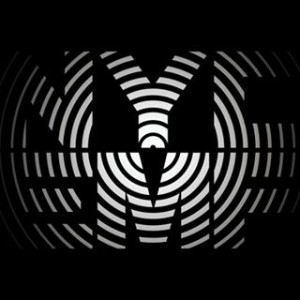 Most New Yorkers are walking about, minding their own business, completely oblivious to the international sonic earthquake vibrating through their midst all week: The New York City Electroacoustic Music Festival (NYCEMF). The first wave of the festival (seven concerts) took place as part of the New York Philharmonic’s Biennial at National Sawdust in Brooklyn last week. Yet the lion’s share of the festival is happening right now: 28 more concerts during June 13-19, at Abrons Arts Center on Grand St., for a total of 35 concerts. Yes you read that correctly: 35 concerts of electroacoustic music, including some 350 works, by almost as many composers from all around the world! Indeed a mammoth undertaking organized, produced, and presented miraculously by Hubert Howe, Travis Garrison, David Reeder, Howie Kenty, and a highly dedicated energetic staff.
Most New Yorkers are walking about, minding their own business, completely oblivious to the international sonic earthquake vibrating through their midst all week: The New York City Electroacoustic Music Festival (NYCEMF). The first wave of the festival (seven concerts) took place as part of the New York Philharmonic’s Biennial at National Sawdust in Brooklyn last week. Yet the lion’s share of the festival is happening right now: 28 more concerts during June 13-19, at Abrons Arts Center on Grand St., for a total of 35 concerts. Yes you read that correctly: 35 concerts of electroacoustic music, including some 350 works, by almost as many composers from all around the world! Indeed a mammoth undertaking organized, produced, and presented miraculously by Hubert Howe, Travis Garrison, David Reeder, Howie Kenty, and a highly dedicated energetic staff.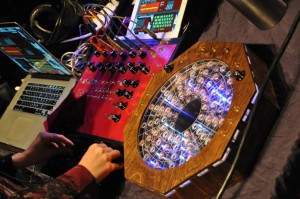
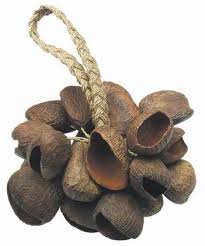
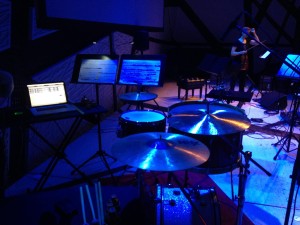 Zhaoyu Zhang’s Night Snow brought my ears close up and inside mysterious objects and intriguingly close to strange materials in action—as though my ears were intimately touching the source of the sounds, quiet sounds of brushing, crushing, caressing, burning, scraping, and feathering. Deeper sounds were felt more than heard, creating an altogether visceral experience, evoking what the ancient Chinese poet Juyi Bai’s calls the four senses: tactile (cold), visual (bright), feeling (to know), and auditory (to hear)
Zhaoyu Zhang’s Night Snow brought my ears close up and inside mysterious objects and intriguingly close to strange materials in action—as though my ears were intimately touching the source of the sounds, quiet sounds of brushing, crushing, caressing, burning, scraping, and feathering. Deeper sounds were felt more than heard, creating an altogether visceral experience, evoking what the ancient Chinese poet Juyi Bai’s calls the four senses: tactile (cold), visual (bright), feeling (to know), and auditory (to hear)